Home>Articles>What Color Of The Light Bulb That Keeps Bugs Away
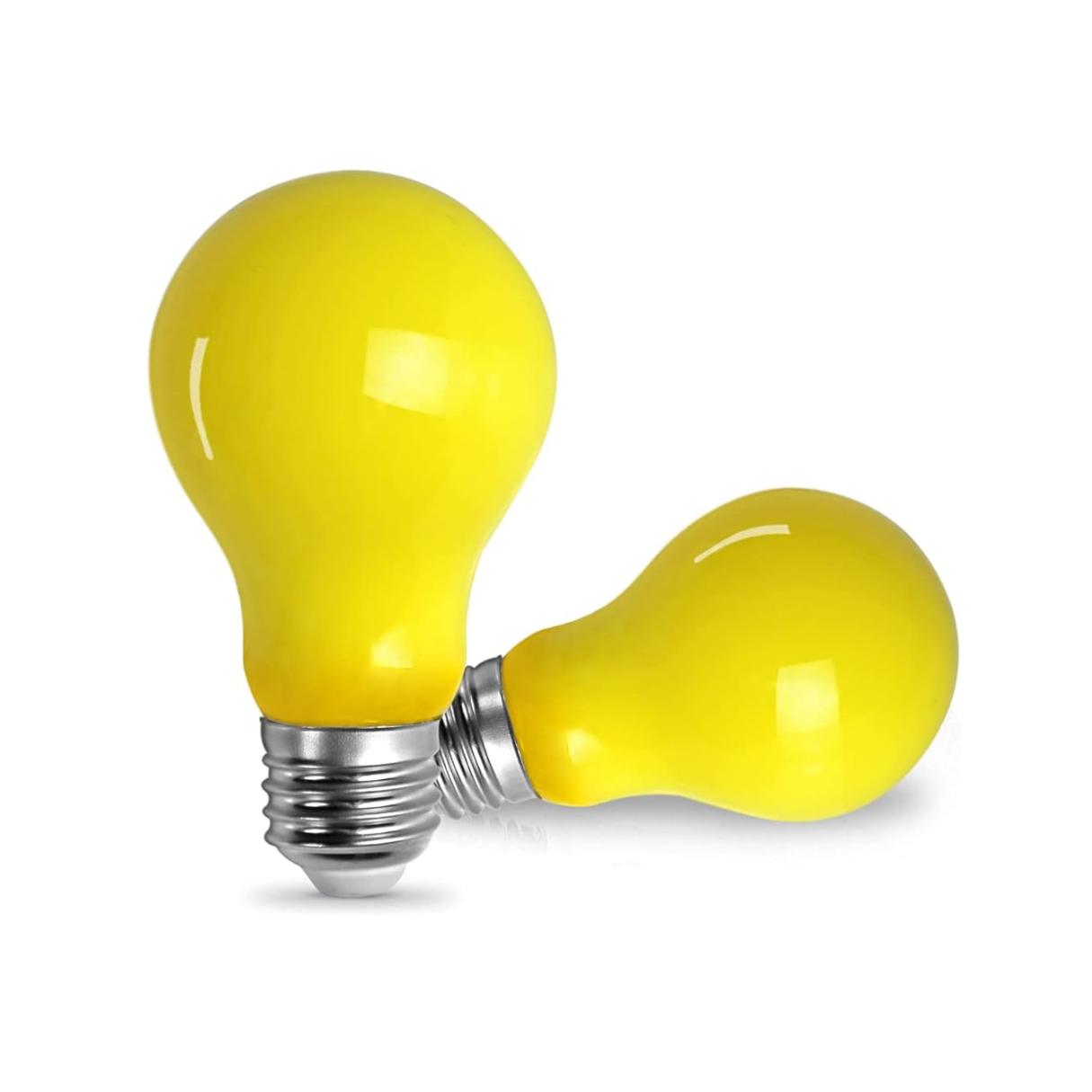

Articles
What Color Of The Light Bulb That Keeps Bugs Away
Modified: August 27, 2024
Looking for articles on what color light bulbs keep bugs away? Discover the best bug-repelling light bulb options and tips to keep your outdoor space insect-free.
(Many of the links in this article redirect to a specific reviewed product. Your purchase of these products through affiliate links helps to generate commission for Storables.com, at no extra cost. Learn more)
Introduction
When it comes to enjoying a warm summer evening on the patio or hosting an outdoor gathering, the presence of bugs can quickly put a damper on the experience. It seems like no matter how many bug repellent sprays or candles we use, those pesky insects always find a way to spoil the fun. But what if there was a simple and effective solution that could help keep bugs away without the need for harmful chemicals or constant swatting?
Believe it or not, the color of the light bulb you use can actually play a role in attracting or repelling bugs. By understanding how different light colors affect insect behavior, we can make informed choices when it comes to selecting bug-repelling light bulbs for our outdoor spaces. In this article, we will explore the science behind bug attraction to light and shed light on the most common bug-repelling light bulb colors available in the market.
So, if you’re tired of being the main course for mosquitoes or constantly shooing away other flying insects, keep reading to discover how the color of your light bulb can make a significant difference in the bug population around your outdoor spaces.
Key Takeaways:
- Bug-repelling light bulbs emit specific colors to deter insects, with yellow, pink, green, and red being effective options. They offer a chemical-free, environmentally friendly solution for keeping bugs at bay in outdoor spaces.
- While bug-repelling light bulbs may not eliminate all insects, they provide an effective, versatile, and energy-efficient option for reducing bug presence in outdoor areas. Consider factors like light color, bug population, and bulb durability when selecting the right option for your specific needs.
Read more: How To Keep Bugs Away From A Picnic
How Do Bugs React to Light?
It’s no secret that bugs, particularly flying insects like mosquitoes and flies, are often drawn to light sources. But have you ever wondered why they exhibit such a strong attraction? Understanding the behavior of bugs when it comes to light can help us make better decisions in our efforts to keep them at bay.
One theory suggests that bugs are naturally inclined to navigate their surroundings using the moon as a point of reference. However, artificial light sources can disrupt this navigation system, causing bugs to become disoriented and ultimately drawn towards the light. Bug-attracting lights usually emit ultraviolet (UV) rays, which can be especially appealing to certain insects.
Another factor that influences bug attraction to light is their phototaxis behavior. Phototaxis refers to an organism’s response to light, which can either be positive (attraction towards light) or negative (avoidance of light). Different bugs can exhibit varying phototactic responses, explaining why some insects are more prone to flocking to light sources than others.
While bugs are generally attracted to light, they do not necessarily all share the same preferences. Different insects have different visual systems and may be drawn towards specific wavelengths or colors of light. This knowledge is what has led to the development of bug-repelling light bulbs that emit specific light colors to deter insects.
Now that we have a better understanding of how bugs react to light, let’s explore the specific light colors that are known to repel bugs and keep them at a distance.
Understanding Bug Attraction to Different Light Colors
As mentioned earlier, bugs have different visual systems that make them more attracted to certain light colors over others. In general, bugs are more attracted to shorter wavelength lights, such as ultraviolet (UV) and blue lights. These lights are closer to the spectrum that insects are able to see and perceive.
Ultraviolet light is particularly enticing to bugs, as many flowers and nectar-producing plants naturally emit UV light to attract pollinators. This is why bug zappers, which are designed to emit UV light, are so effective in attracting and eliminating flying insects.
Blue light, which is also on the shorter wavelength end of the spectrum, is another color that bugs find attractive. It is thought that bugs are drawn to blue light because it is similar to the color of the sky during dusk or dawn, which is a time when many insects are most active.
On the other hand, bugs are less attracted to longer wavelength lights, such as yellow, orange, and red. These colors are further from the spectrum that bugs can detect and are less likely to stimulate their phototactic responses. This is why bug-repelling light bulbs often come in these warmer colors.
By understanding bug attraction to different light colors, we can strategically choose the right light bulbs for our outdoor spaces to help deter bugs and create a more pleasant environment.
Now that we have a grasp on the science behind bug attraction to light colors, let’s delve into the specific bug-repelling light bulb colors and how they work.
The Science Behind Bug-Repelling Light Bulbs
Bug-repelling light bulbs, also known as insect-repellent or insect-resistant light bulbs, are specially designed to emit specific wavelengths and colors of light that are less attractive to bugs. They work based on our understanding of bug behavior and their preference for certain light colors.
One common type of bug-repelling light bulb is the yellow or amber-colored bulb. These bulbs emit longer wavelength light, specifically in the yellow and orange spectrum. Bugs, including mosquitoes and flies, are less attracted to these warm colors because they do not mimic natural light sources that bugs are naturally drawn to.
Additionally, bug-repelling light bulbs often utilize LED technology. LEDs are more energy-efficient and have a longer lifespan compared to traditional incandescent bulbs. This means that you can have bug-repelling illumination without the need for frequent bulb replacements.
Furthermore, bug-repelling light bulbs may incorporate other mechanisms to enhance their effectiveness. Some bulbs use a combination of yellow or amber coloring, along with bug-repelling coatings or filters that specifically block the wavelengths insects are most attracted to.
The science behind bug-repelling light bulbs lies in the understanding that bugs are more attracted to shorter wavelength lights, such as UV and blue lights. By emitting longer wavelength light in the yellow or amber spectrum, bug-repelling bulbs create an environment that is less appealing to insects.
It’s important to note that bug-repelling light bulbs are not a foolproof solution and may not completely eliminate insects from your outdoor areas. However, they can significantly reduce the number of bugs swarming around and provide you with a more enjoyable outdoor experience.
With this knowledge of the science behind bug-repelling light bulbs, let’s explore the different bug-repelling light bulb colors available and their specific characteristics.
Yellow or amber-colored light bulbs are less attractive to bugs compared to white or blue light bulbs. Using yellow light bulbs in outdoor fixtures can help reduce the presence of bugs around your home.
Common Bug-Repelling Light Bulb Colors Explained
When it comes to bug-repelling light bulbs, there are a few common colors that are known to be effective in deterring insects. Let’s explore these colors and their specific characteristics:
1. Yellow/Amber: Yellow or amber-colored light bulbs are widely used for repelling bugs. These bulbs emit longer wavelengths of light, making them less attractive to insects. The warm yellow or amber color mimics the soft light of dusk or dawn, which is less likely to disturb bug behavior.
2. Pink: Pink light bulbs are another option to repel bugs. Pink light emits a low amount of blue light, which bugs are naturally drawn to. By reducing the blue light content, pink bulbs create an environment that is less appealing to insects.
3. Green: Green light bulbs are also used for bug-repelling purposes. Green light falls in the middle of the visible light spectrum and is less attractive to bugs. It provides a calm and soothing illumination while keeping insects at bay.
4. Red: Red light bulbs are often recommended to repel bugs. Red light has the longest wavelength in the visible spectrum, making it least attractive to insects. Bugs are less likely to be drawn to red light, allowing you to enjoy your outdoor spaces without the nuisance of swarming insects.
While these are some of the common bug-repelling light bulb colors, it’s important to remember that each bug may have unique preferences. Some insects may still be attracted to certain colors, and factors such as brightness and intensity of the light can also play a role in bug behavior.
It’s always a good idea to experiment with different colors and observe the results to find the most effective bug-repelling light bulb for your specific area and bug population.
Now that we have explored the common bug-repelling light bulb colors, let’s consider the advantages and disadvantages of using these types of bulbs.
Read more: How To Keep Bugs Away From An Outdoor Camera
Advantages and Disadvantages of Bug-Repelling Light Bulbs
Using bug-repelling light bulbs can provide several advantages when it comes to keeping insects at bay. However, it’s important to consider both the benefits and drawbacks before making a decision. Let’s explore the advantages and disadvantages of bug-repelling light bulbs:
Advantages:
1. Effective Bug Deterrent: Bug-repelling light bulbs can effectively reduce the presence of insects in outdoor areas. By emitting light in specific colors that bugs find less attractive, these bulbs can discourage insects from swarming around your patio, porch, or garden.
2. Environmentally Friendly: Many bug-repelling light bulbs use LED technology, which is more energy-efficient and environmentally friendly compared to traditional incandescent bulbs. LED bulbs consume less energy, contribute less to carbon emissions, and have a longer lifespan, reducing waste and the need for frequent replacements.
3. Chemical-Free Solution: Bug-repelling light bulbs offer a chemical-free alternative to traditional bug repellents. If you want to avoid using sprays or lotions that may contain potentially harmful ingredients, bug-repelling light bulbs provide a safer option for achieving a bug-free outdoor environment.
4. Versatile Use: Bug-repelling light bulbs can be used in various outdoor lighting fixtures, such as porch lights, wall sconces, and hanging lanterns. They are easy to install and replace, allowing you to seamlessly incorporate bug deterrence into your existing outdoor lighting setup.
Disadvantages:
1. Limited Range: Bug-repelling light bulbs are effective in a specific range, typically around the immediate area where the light is emitted. Depending on the size of your outdoor space, you may need multiple bulbs to cover a larger area effectively.
2. Incomplete Bug Elimination: While bug-repelling light bulbs can significantly reduce the number of bugs in your outdoor area, they may not entirely eliminate all insects. Some bugs may still be attracted to the light or find alternative entry points into your space.
3. Varied Bug Responses: Different insect species may have varying responses to bug-repelling light bulbs. While these bulbs generally deter common pests like mosquitoes and flies, some bugs may still be attracted to the specific color or wavelength of light emitted by the bulb.
4. Limited Illumination Options: Bug-repelling light bulbs often come in specific colors, which may limit your choices when it comes to the overall aesthetic and ambiance of your outdoor lighting. You may need to compromise on the color and intensity of the light to achieve bug deterrence.
By considering these advantages and disadvantages, you can make an informed decision about whether bug-repelling light bulbs are the right choice for your outdoor bug control needs. However, keep in mind that results may vary depending on your specific situation and the insect population in your area.
Now that we have weighed the pros and cons of bug-repelling light bulbs, let’s move on to some tips for selecting the right bulb for your needs.
Tips for Selecting the Right Bug-Repelling Light Bulb
When it comes to selecting the right bug-repelling light bulb, there are a few key factors to consider. By keeping these tips in mind, you can choose a bulb that effectively deters bugs and suits your specific outdoor needs. Here are some tips to help you make an informed decision:
1. Consider Your Desired Light Color: Take into account the specific bug-repelling light bulb colors available and choose the one that best fits your preferences and outdoor aesthetic. Yellow or amber bulbs are commonly used for bug control, but you may also consider pink, green, or red bulbs depending on your personal preference.
2. Assess the Bug Population in Your Area: Evaluate the types of bugs that are prevalent in your region. Different insects may have varying preferences for light colors and wavelengths. Understanding the specific bugs you’re dealing with can help you select a bulb that is most effective in repelling them.
3. Determine the Range of Illumination: Consider the size of your outdoor space and the range at which the bug-repelling light bulb can effectively deter insects. If you have a larger area, you may need multiple bulbs or strategically place them to cover the entire space.
4. Check the Bulb’s Energy Efficiency: Opt for bug-repelling light bulbs that use LED technology. LED bulbs are energy-efficient, have a longer lifespan, and emit less heat compared to traditional incandescent bulbs. This not only saves energy but also reduces maintenance and replacement costs.
5. Look for Outdoor Durability: Ensure that the bug-repelling light bulb you choose is suitable for outdoor use. Look for bulbs that are weatherproof and specifically designed for outdoor fixtures. This will ensure the bulb’s longevity and performance even in varying weather conditions.
6. Consider Brightness and Dimmability: Determine the desired brightness level for your outdoor space. Some bug-repelling light bulbs may offer dimmable options, allowing you to adjust the intensity of the light to create the desired ambiance while still effectively deterring bugs.
7. Read Reviews and Recommendations: Before making a purchase, read reviews and seek recommendations from others who have used bug-repelling light bulbs. This can provide valuable insights into the performance and effectiveness of different brands and products.
By considering these tips, you can select a bug-repelling light bulb that best suits your outdoor space and effectively keeps bugs at bay. Remember, it may require some trial and error to find the perfect bulb for your specific needs, so don’t be afraid to experiment and adapt as needed.
Now that we have discussed tips for selecting the right bug-repelling light bulb, let’s wrap up our discussion.
Conclusion
Bug-repelling light bulbs offer a promising solution for keeping insects at bay and creating a more enjoyable outdoor experience. By understanding bug behavior and their attraction to specific light colors, we can strategically choose the right bug-repelling light bulbs for our outdoor spaces.
From yellow or amber bulbs to pink, green, and red options, there are various colors to choose from, depending on your preferences and the bugs you are trying to repel. These bug-repelling light bulbs work by emitting light in specific wavelengths and colors that bugs find less appealing, reducing their attraction to your outdoor space.
While bug-repelling light bulbs have their advantages, it’s important to remember that they may not entirely eliminate all insects and are more effective in a limited range. Factors such as the bug population in your area, the specific bug behavior, and the size of your outdoor space can influence their effectiveness.
When selecting bug-repelling light bulbs, consider factors like desired light color, energy efficiency, outdoor durability, and the brightness level you prefer. Reading reviews and seeking recommendations can also provide helpful insights into the performance and effectiveness of different products.
By implementing bug-repelling light bulbs, you can reduce the annoyance of swarming insects and create a more enjoyable outdoor environment. So, whether you’re hosting a backyard party, enjoying a quiet evening on the patio, or simply want to keep bugs away from your outdoor area, consider the power of bug-repelling light bulbs.
Remember, bug-repelling light bulbs may not be a foolproof solution, and it may take some experimentation to find the perfect bulb that suits your specific needs. Nevertheless, with their combination of effectiveness, environmentally friendly attributes, and versatility, bug-repelling light bulbs are a worthy consideration for any outdoor space.
So, go ahead and explore the world of bug-repelling light bulbs, and take back control of your outdoor areas from those pesky insects. It’s time to enjoy the outdoors without the constant buzzing and swatting. Your bug-free oasis awaits!
Frequently Asked Questions about What Color Of The Light Bulb That Keeps Bugs Away
Was this page helpful?
At Storables.com, we guarantee accurate and reliable information. Our content, validated by Expert Board Contributors, is crafted following stringent Editorial Policies. We're committed to providing you with well-researched, expert-backed insights for all your informational needs.
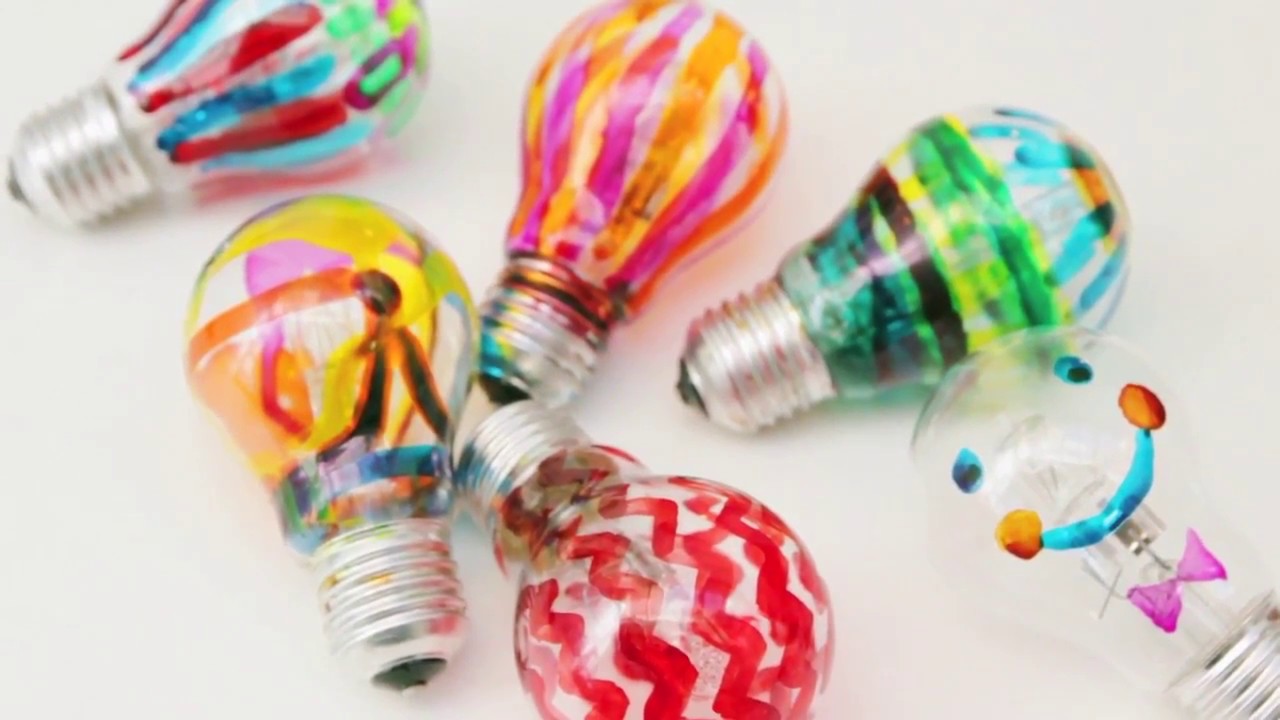
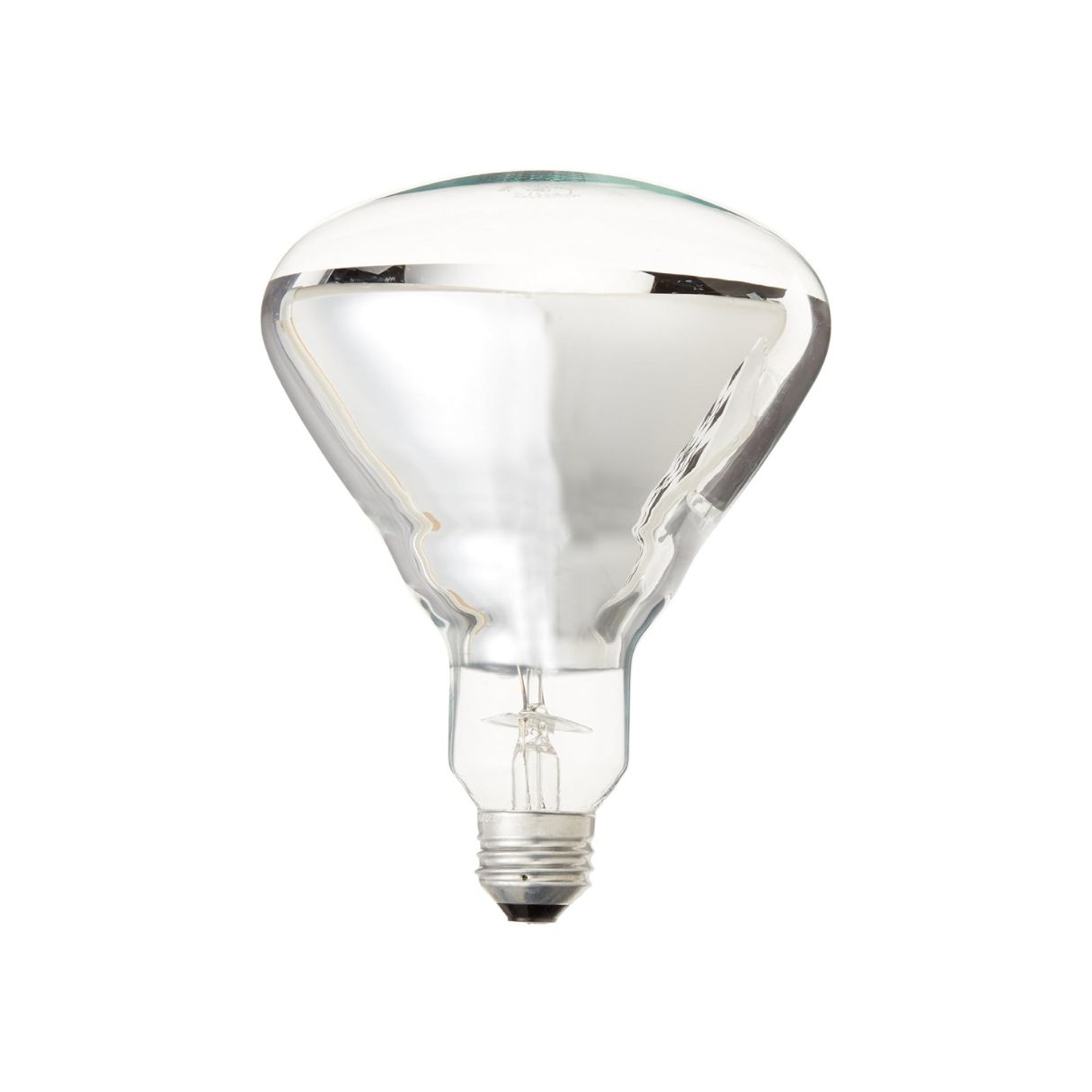
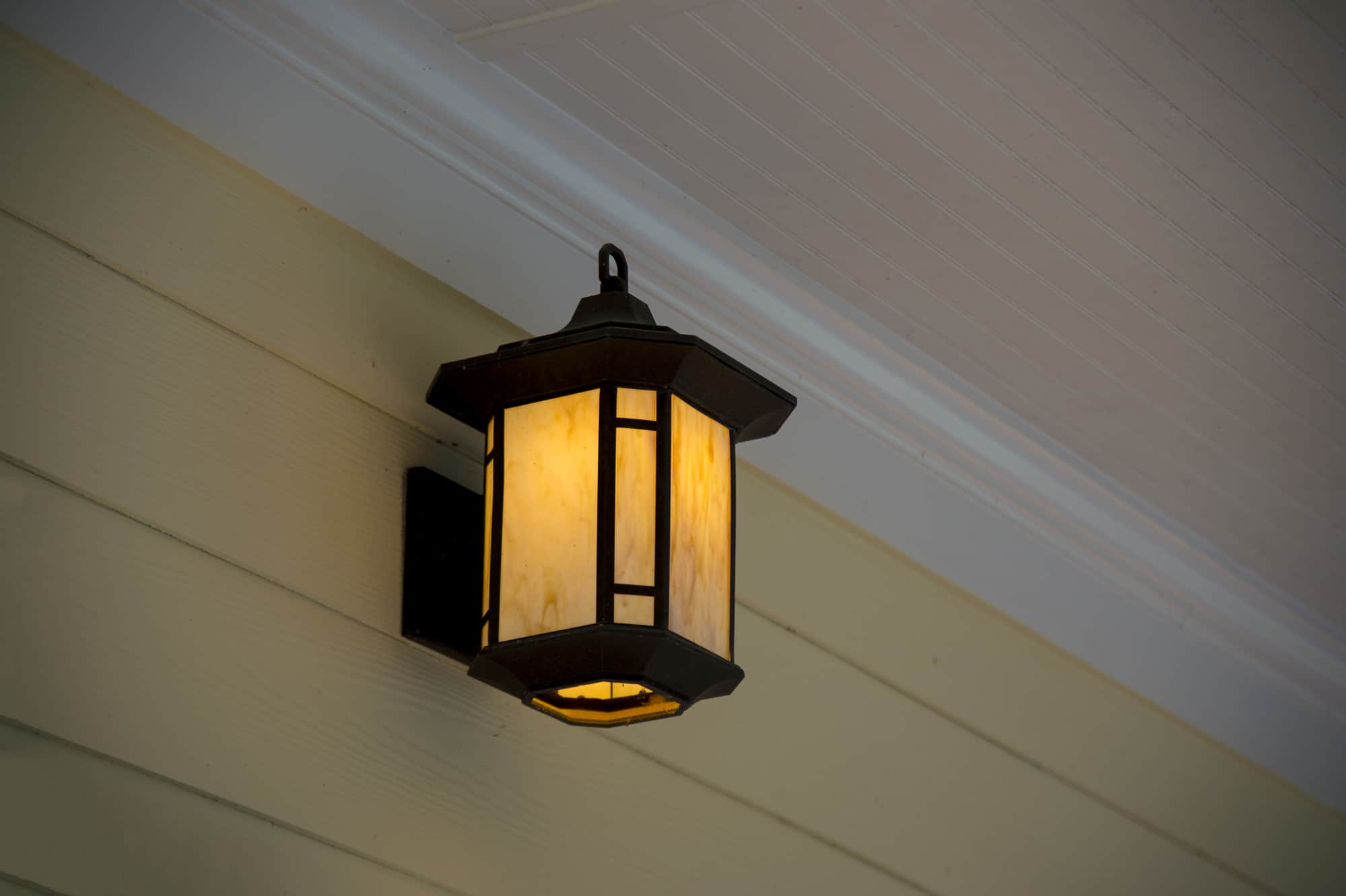
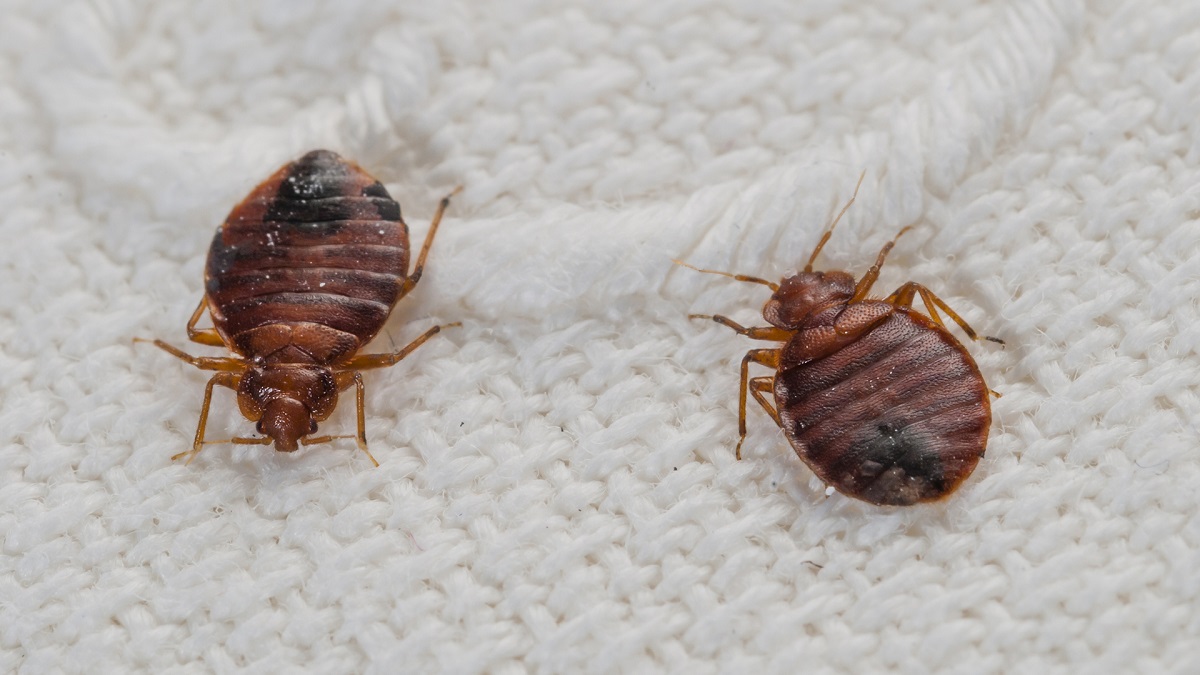
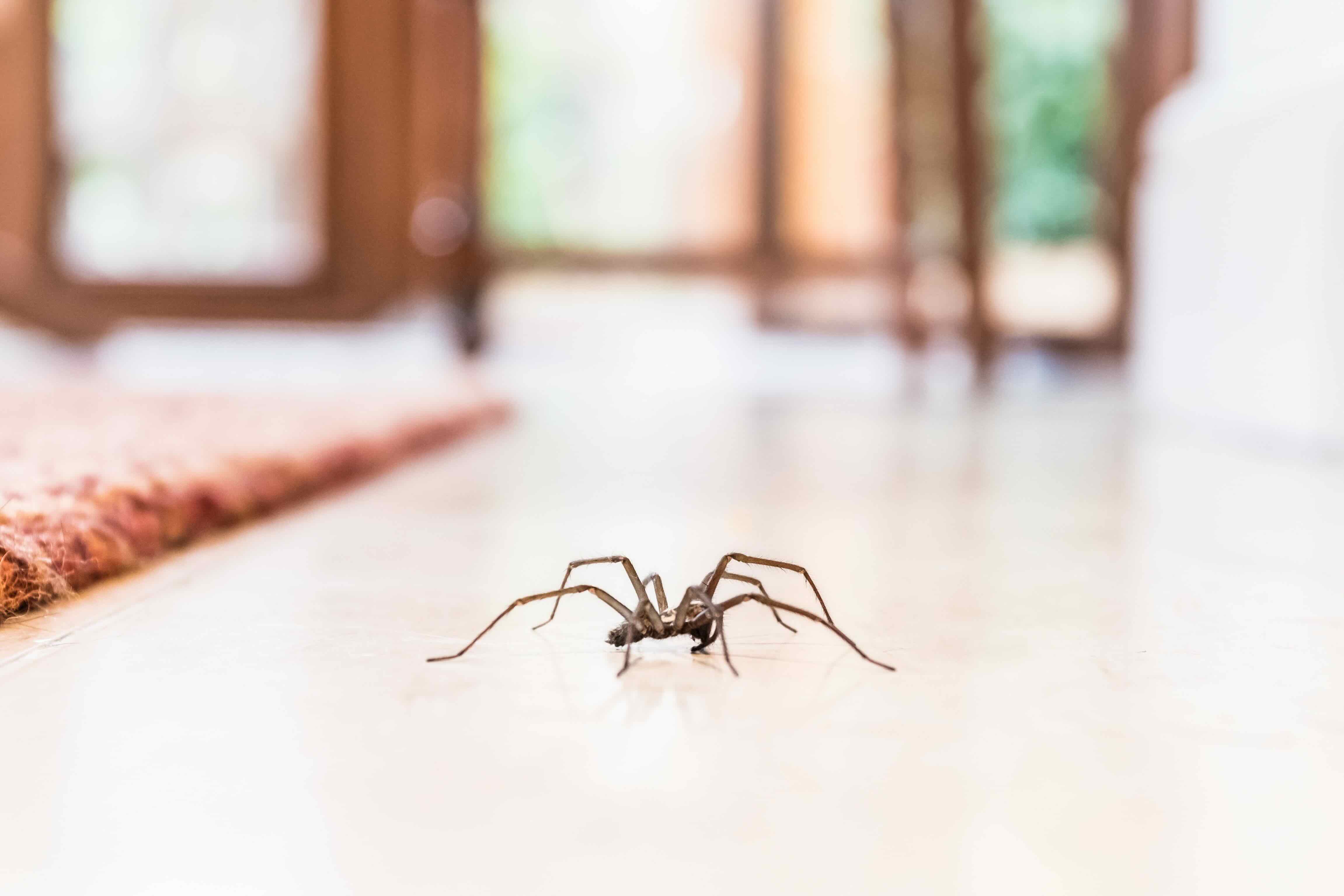
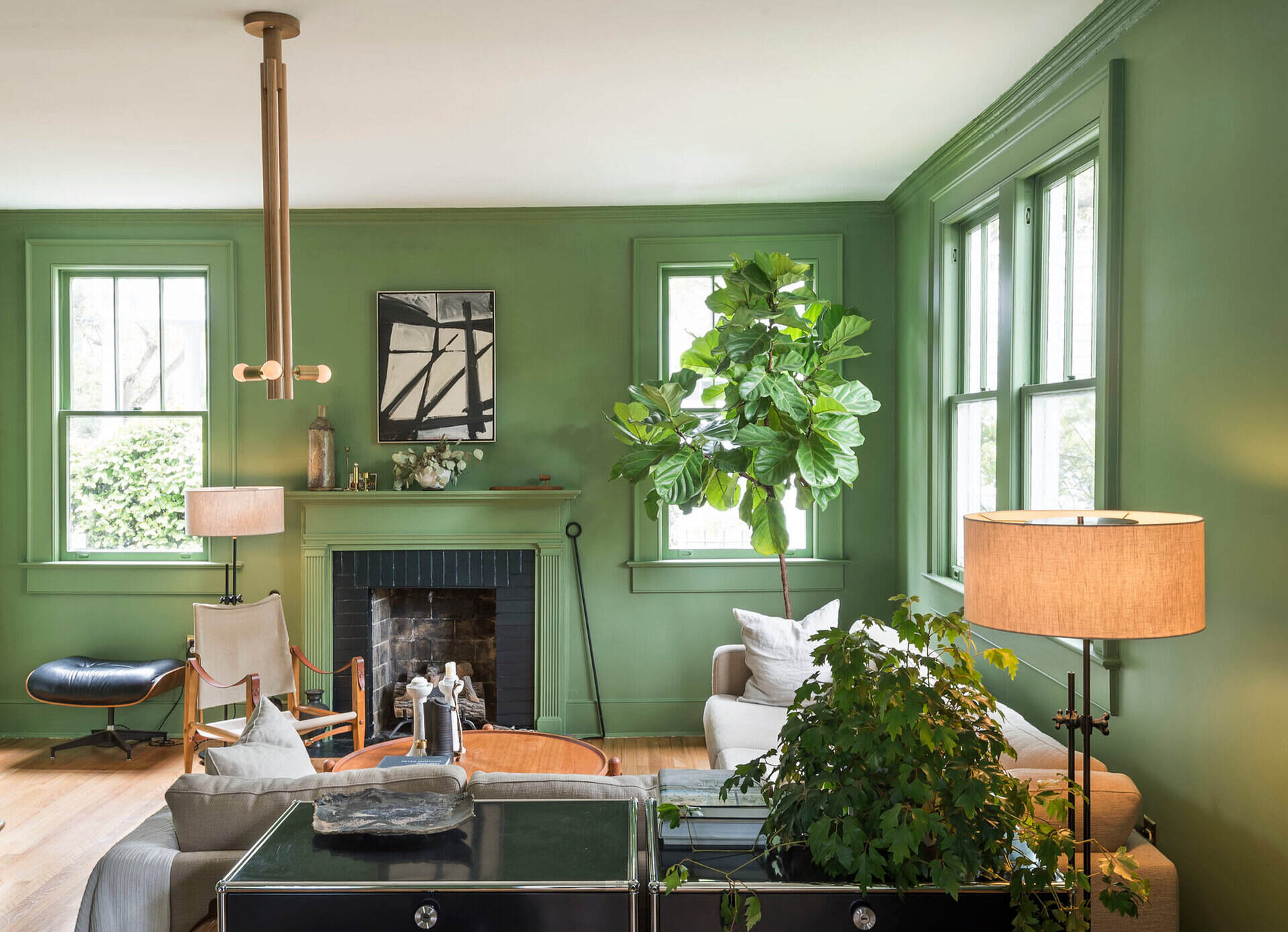


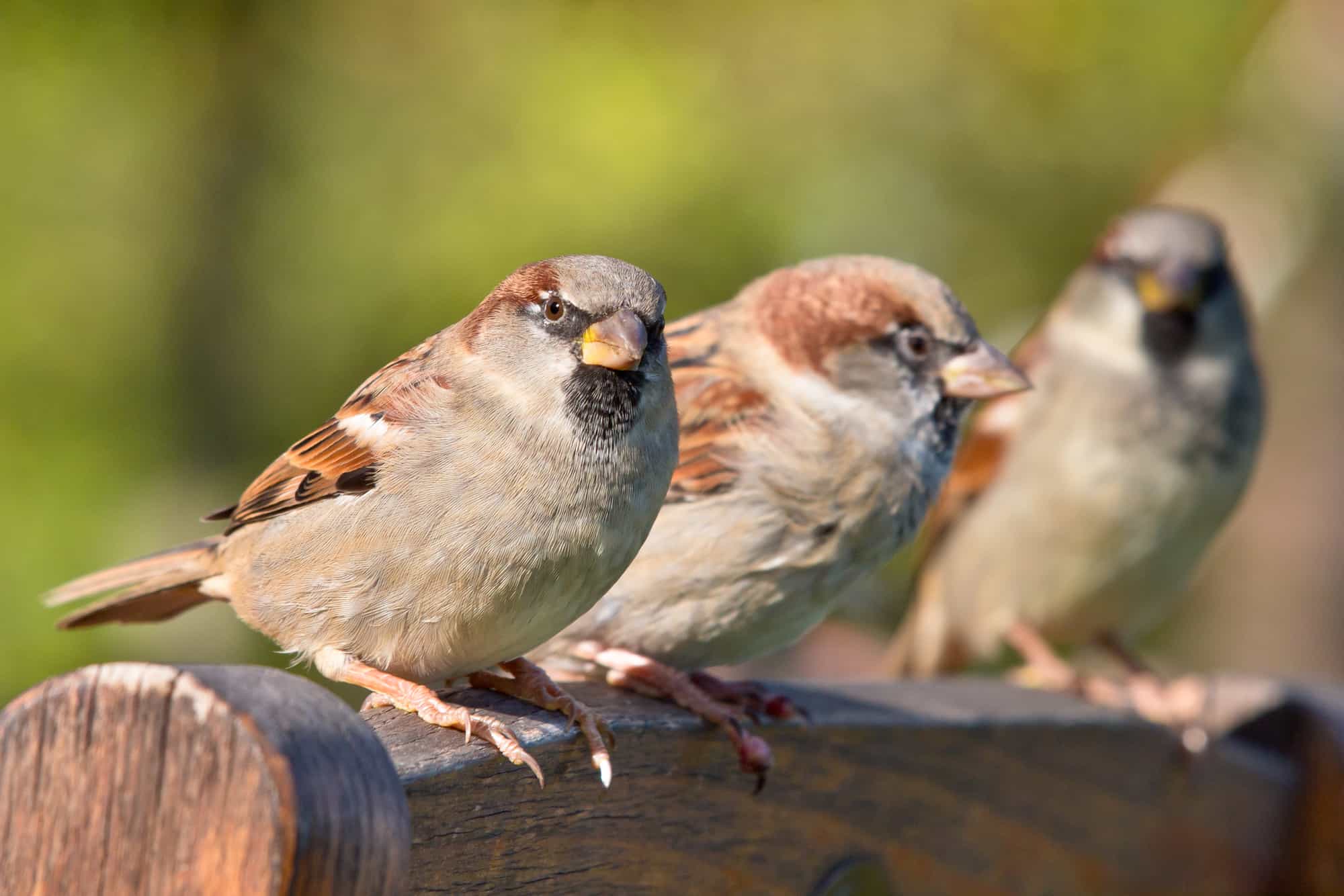
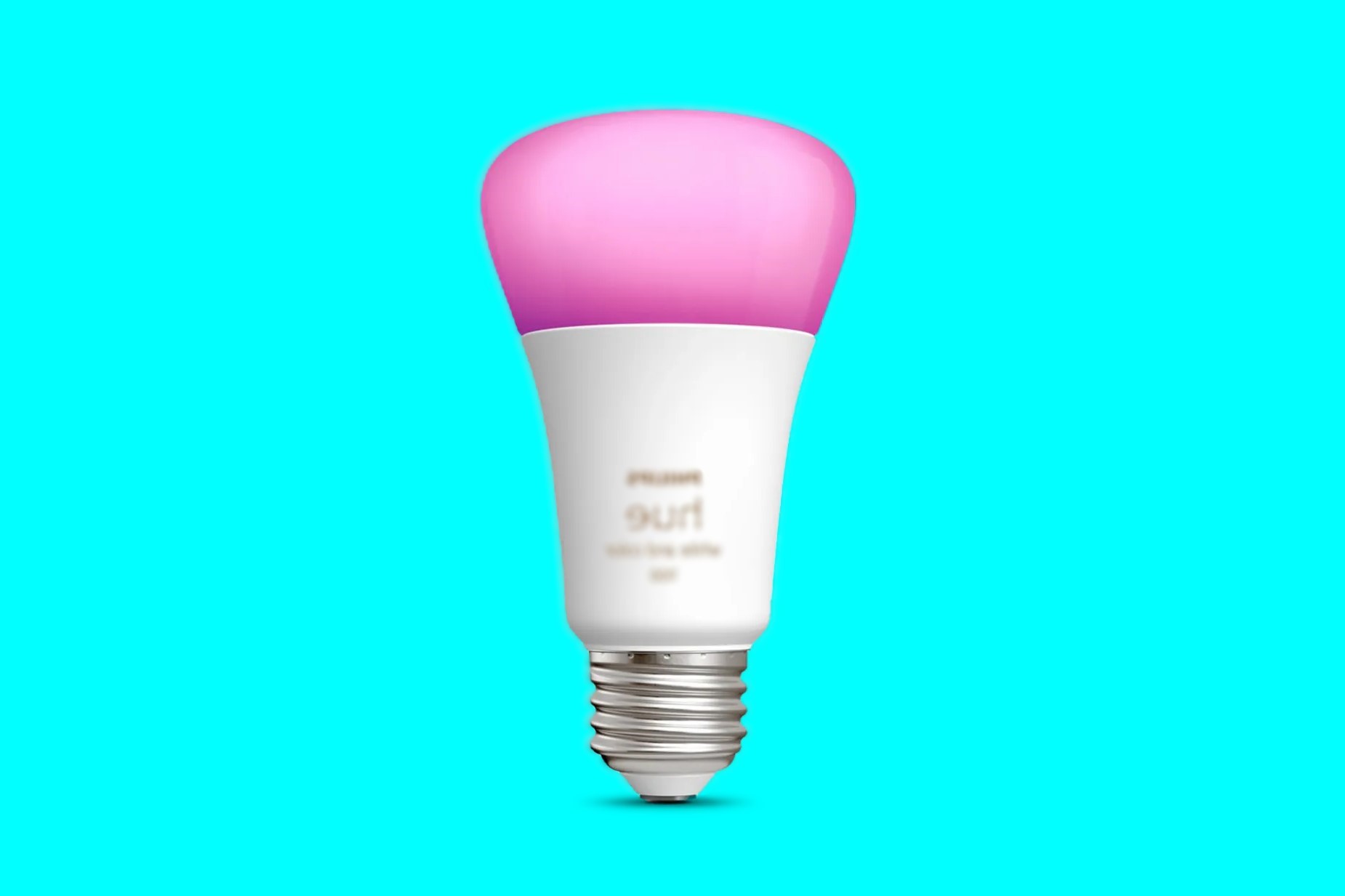

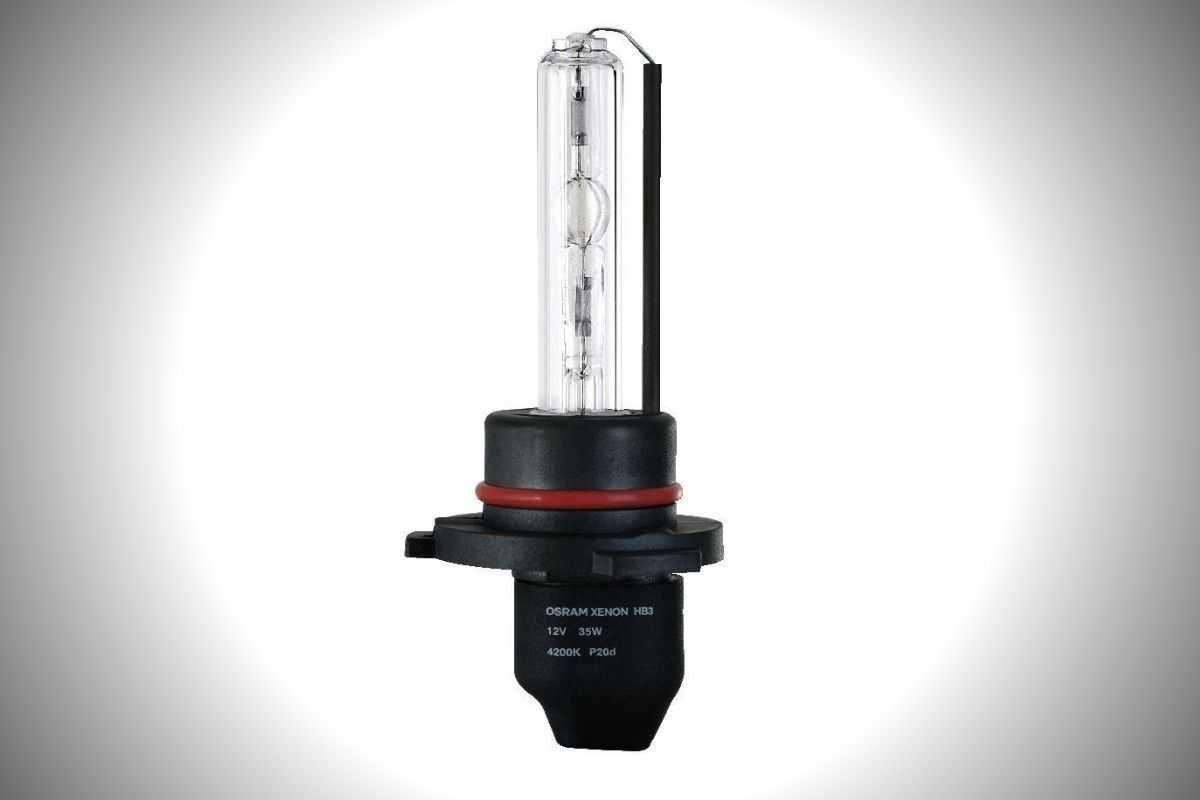
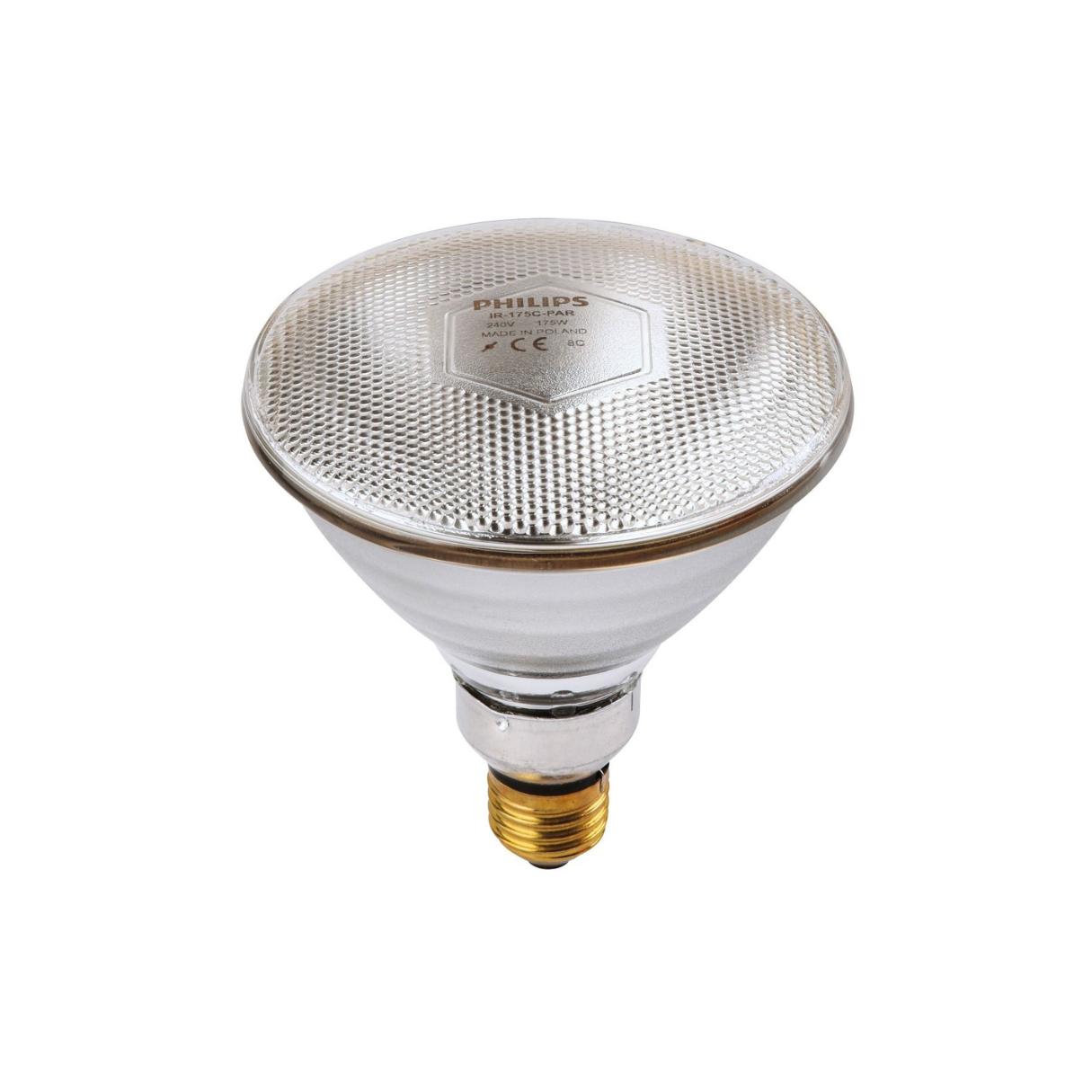
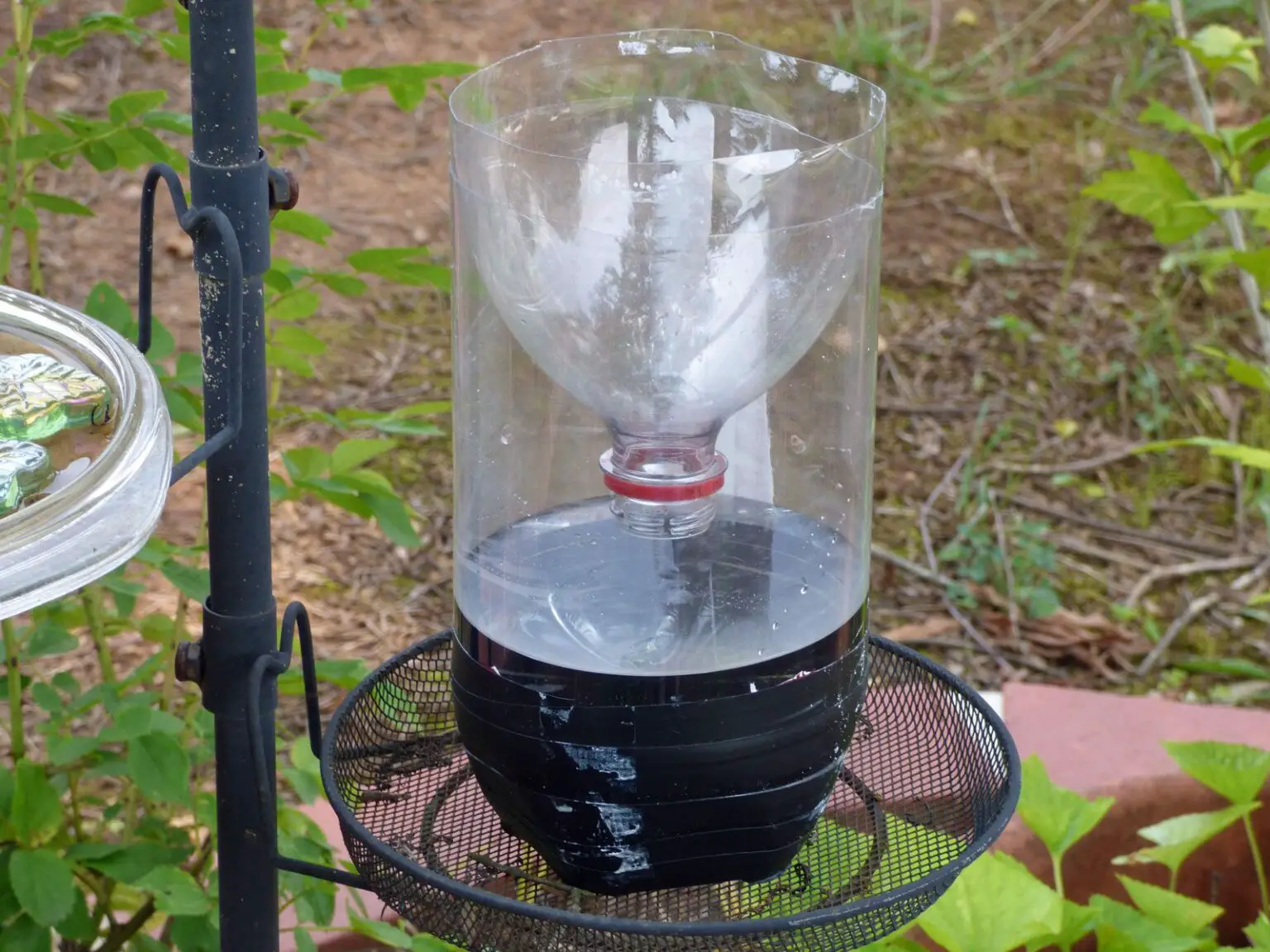

0 thoughts on “What Color Of The Light Bulb That Keeps Bugs Away”